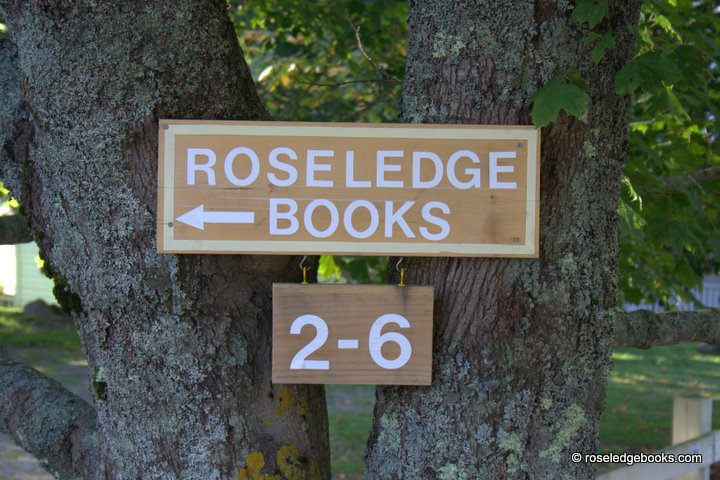What do you recommend for a Midwestern, home-schooled 14-year-old?
Except for Charlie who mostly read C. S. Lewis’ Chronicles of Narnia and Spiderman comics, I am zip when it comes to kids, especially early teens. I was allowed — and thereby, encouraged — to read whatever I wanted at the Wahpeton (North Dakota) Public Library, so I remember the teen summers of Thomas B. Costain (English history), fat Russian novels, skinny new adult books, e.g. Alan Paton’s Cry the Beloved Country(apartheid, South Africa) Nevil Shute’s On the Beach (atom bomb aftermath), Agatha Christie and Erle Stanley Gardner (skinny mysteries), other (not North Dakota) people and places, e.g. Louis Auchincloss’s The Rector of Justin, Cleveland Amory’s The Proper Bostonians, Hetty Green, my first miser though now the books call her a tycoon, and at one point, I scanned a different letter of the alphabet each week.
So based on this hodgepodge of memories, I suggested a look at the following — all of which have women authors and all of which are on RB shelves.
Ellis Peter’s A Morbid Taste for Bones, first in the Brother Cadfael series
Brother Cadfael is a 12thC. (other time, pre-Luther) Welsh (other place) Benedictine (educated, curious) monk (other living arrangement) who is the monastery herbalist (gardening, science, health) in the center of the larger issue of the kingdom and the time.
Jane Austen’s Pride and Prejudice
(church-going, home schooled, teenagers, facing still relevant mores of other time and place)
Kendall Hailey’s The Day I Became an (teenage) Autodidact
Diane Smith’s Letters From Yellowstone
(young woman shifts field of study, joins research team, draws plants in situ, faces issues of timed and place in late 19th C. western America.)
Mary Shelley’s Frankenstein
(classic, still discussed topic of technology and medicine)
Harper Lee’s To Kill a Mockingbird (favorite of RBR who is also a 5th-grade teacher, includes kids addressing still relevant issues)
Other suggestions?
Tree notes: Ken Chaya made a map and poster which include every tree in Central Park. I love the idea and the products. During an interview, the artist pointed out a nearby tree, then discussed the kind it was and how many of them were where in the Park. Amazing detail. I wonder how many of the leaves in Leanne Shapton’s The Native Trees of Canada could also find a home branch in Central Park. RB doesn’t have maps or posters, darn, but clearly Roseledge Books needs Justin Martin’s Genius of Place: The Life of Frederick Law Olmsted and Robert Caro’s The Power Broker: Robert Moses and the Fall of New York. And to balance these books about planned landscapes, RB has John Fowles’ Trees, a lesser known of his works which The NY’er argues “[B]elongs alongside the finest wilderness-rambling narratives,” Henry David Thoreau’s The Maine Woods, though an astute reader just bought the last copy, and always several editions of Sarah Orne Jewett’s Country of the Pointed Firs, surely a paean to the trees and other living parts of Tenants Harbor (okay, Midcoast maybe). But I am getting carried away.
Check the webcam. Does the harbor look empty to you, too?


